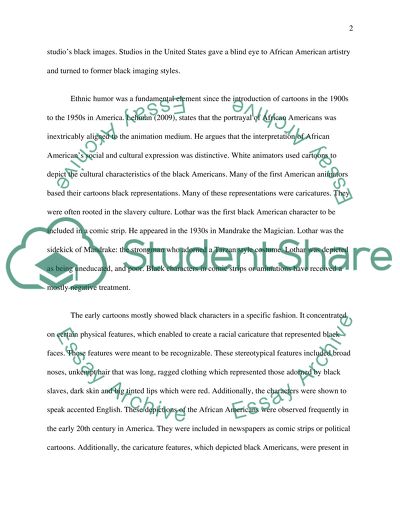Cite this document
(“The stereotypies in cartoons: the influences from African American Research Paper”, n.d.)
Retrieved from https://studentshare.org/history/1493727-the-stereotypies-in-cartoons-the-influences-from
Retrieved from https://studentshare.org/history/1493727-the-stereotypies-in-cartoons-the-influences-from
(The Stereotypies in Cartoons: The Influences from African American Research Paper)
https://studentshare.org/history/1493727-the-stereotypies-in-cartoons-the-influences-from.
https://studentshare.org/history/1493727-the-stereotypies-in-cartoons-the-influences-from.
“The Stereotypies in Cartoons: The Influences from African American Research Paper”, n.d. https://studentshare.org/history/1493727-the-stereotypies-in-cartoons-the-influences-from.


